Fraudsters

The goat gland wizard of California
Dr Clayton E Wheeler claimed to cure a host of conditions by injecting mashed-up goat gonads into patients’ abdomens.
Read More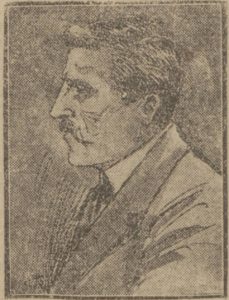
The alleged Dr Barber: a case of identity theft in 1912
In 1912, detectives discovered that a local GP wasn’t all he seemed. Sensational news reports described his dramatic attempts to escape arrest.
Read More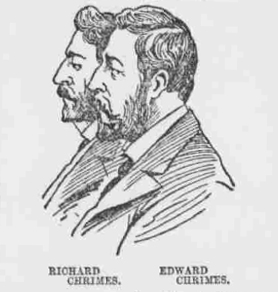
Notorious Chrimes: The Blackmail Pills
In 1890s London, the ‘Lady Montrose Pills’ blackmail scheme efficiently and heartlessly targeted more than 8,000 victims. In this comprehensive account of the case, Dick Weindling introduces the Chrimes brothers, who manufactured this audacious scam.
Read More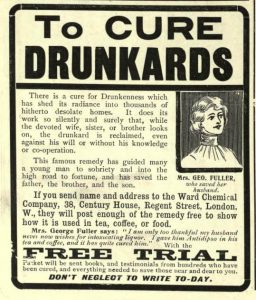
To raise false hopes: Antidipso
‘Tears and prayers are of no use,’ warned the eyecatching pictorial advertisement in the Penny Illustrated Paper. It was perhaps the most truthful statement Arthur Lewis Pointing, proprietor of the anti-drunkenness powder, Antidipso, had ever come up with.
Read More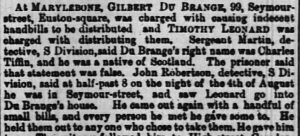
The mysterious Doctor Du Brange
In this guest post from Dick Weindling and Marianne Colloms, an 1870s Kilburn practitioner finds himself in court for distributing indecent handbills.
Read More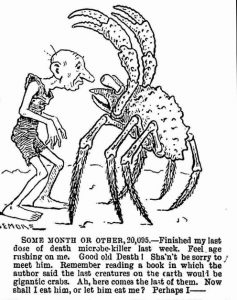
Dr Wheeler and the Bacillus of Death
British newspapers reported in 1895 that someone had discovered the ‘Death Microbe’.
Read More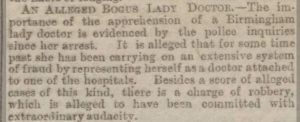
Maria Owen, the bogus lady doctor
In the West Midlands in the 1890s, Maria Owen pretended to be a doctor in order to part people from their cash.
Read More
On thorny ground: the human x-ray scientists
In 1911, the Grant brothers of Maidstone claimed the power to grow new internal organs and bring dead people back to life.
Read More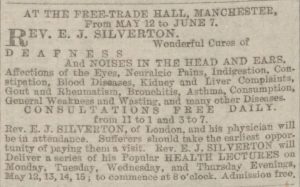
Detective Caminada and the quack doctors
Dr Angela Buckley, author of The Real Sherlock Holmes, relates Detective Jerome Caminada’s encounter with an ecclesiastical con artist in 1870s Manchester.
Read More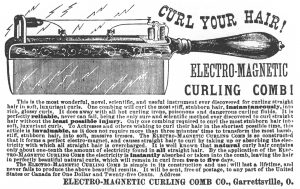
‘A Damnable Villain’ part 2 – a free pony for your wife!
In part 2 of Robert K Waits’ guest article, Byron H Robb moves to Texas, changes his name and starts selling mail-order Shetland ponies.
Read More